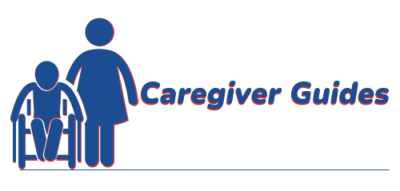
Assistive devices generally fall into the category of medical equipment called “durable medical equipment” or DME. This equipment is designed to help or assist a person perform a particular activity which improves their independence.
Many elderly folks, and people with disabilities depend on assistive devices to carry out daily activities and participate actively and productively in community life. In many cases this has to do with mobility.
It’s important that seniors maintain their functional independence, especially when trying to “age in place” in their own home. Using the appropriate assistive device(s) in turn, promotes independence improving their quality of life, their well-being, and can reduce the burden of caregiving.
Examples can include communication and hearing aids, pill organizers, canes, walkers and wheelchairs. All of which can improve independence and keep people safer in their homes.
Although there is a close relationship and similarity, It’s important to understand that “assistive devices” are technically different than “adaptive” devices. Adaptive devices are generally everyday items that are “adapted” or designed to a specific disability that allows for greater independence such as a long handled shoe horn or lever handle doorknobs.
Whereas assistive devices are not specifically made for a particular disability. A walker or wheelchair, for instance can be used by a variety of health conditions.
